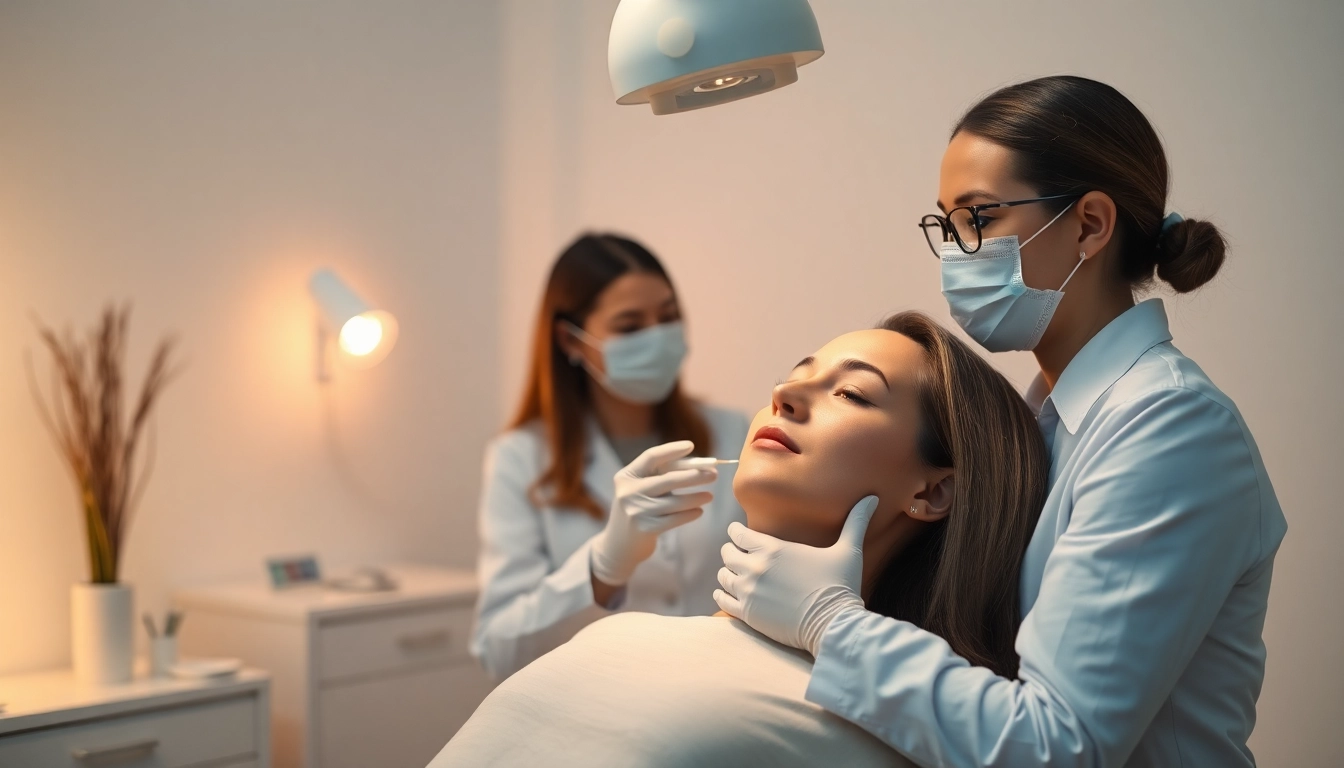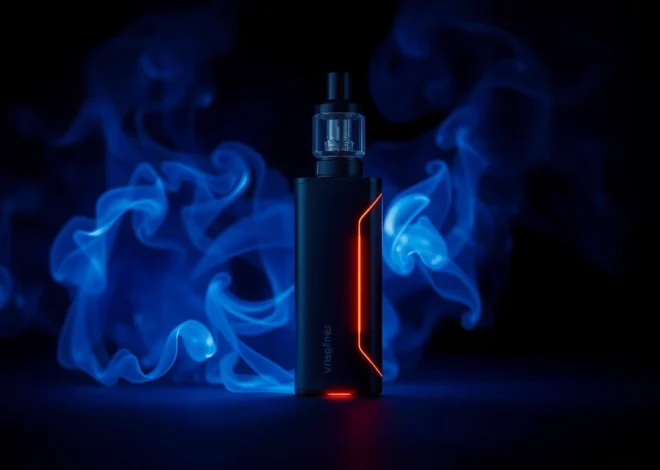
Comprehensive Guide to Botox Behandlung: Benefits, Costs, and Recovery Insights
Understanding Botox Behandlung
What is Botox? An Overview
Botox, derived from the neurotoxin produced by the bacterium Clostridium botulinum, has become a household name synonymous with cosmetic treatments aimed at reducing the appearance of wrinkles and fine lines. While often viewed with skepticism, Botox treatment, or Botox Behandlung, is a medically sanctioned procedure widely used not only in aesthetic enhancement but also in addressing various medical conditions. Approved by medical authorities worldwide, Botox acts by blocking nerve signals to muscles, temporarily paralyzing them and providing a smoother appearance to the skin.
How Botox Works to Smooth Wrinkles
Botox treatment primarily functions by inhibiting the release of acetylcholine, a neurotransmitter essential for muscle contraction. When injected into specific muscles, Botox prevents these muscles from contracting, leading to a reduction in the depth of existing wrinkles and the formation of new ones. Treatment typically lasts between three to six months, with effects gradually subsiding as the body begins to restore normal nerve function. The precision of the injection sites and dosages ensures that facial expressions remain natural, which is a significant concern among patients.
Common Uses Beyond Aesthetic Enhancements
Though famous for its cosmetic applications, Botox is also a versatile treatment for numerous medical conditions. It is utilized to manage chronic migraines, excessive sweating (hyperhidrosis), muscle spasticity, and even certain eye conditions. For instance, migraine sufferers may find relief through Botox injections on specific points in the forehead and temples, effectively reducing the frequency and intensity of headaches. Similarly, those dealing with hyperhidrosis may benefit from targeted injections in areas prone to sweating. This versatility highlights Botox’s role as not merely a cosmetic solution, but a practical tool for various healthcare outcomes.
The Botox Behandlung Process
Consultation: What to Expect
The journey to Botox treatment begins with a thorough consultation with a qualified practitioner. This session typically starts with an in-depth assessment of the patient’s medical history to identify any potential contraindications, such as allergies to components of the Botox formula or previous adverse reactions to similar treatments. The practitioner will also discuss the patient’s aesthetic goals, expected outcomes, and any concerns regarding the treatment process. It’s crucial for patients to feel comfortable and well-informed, as this helps in setting realistic expectations surrounding their Botox experience.
The Procedure: Step-by-Step Breakdown
On the day of the procedure, patients can expect a relatively quick and minimally invasive experience. Here’s a breakdown of the steps involved:
- Preparation: The treatment area will be cleansed to ensure it’s free from oils and impurities.
- Marking Injection Sites: The practitioner will mark the exact locations for injection based on the patient’s desired outcomes.
- Local Anesthetic (Optional): To minimize discomfort, a topical anesthetic may be applied. Some practitioners use ice packs to numb the area.
- Injection: Botox is injected using a fine needle. The number of injections varies based on the treatment area and the extent of wrinkles. Each injection takes only a few seconds.
- Post-Care Instructions: Once the injections are complete, patients will receive care instructions, including aftercare tips and what side effects to be aware of.
Post-Treatment Care: Essential Tips
While Botox treatment requires minimal recovery time, patients should adhere to certain guidelines to ensure optimal results. Post-treatment care often includes:
- Avoiding strenuous exercise for at least 24 hours to prevent accidental movement of the injected toxin.
- Refraining from touching or massaging the treatment area to prevent the Botox from spreading to unintended muscles.
- Sitting upright for several hours after treatment to help the Botox settle.
- Monitoring for any unusual side effects and contact the practitioner if concerns arise.
Benefits of Botox Behandlung
Immediate Aesthetic Improvements
One of the most compelling benefits of Botox treatment is its ability to provide immediate aesthetic improvements. Within days after the treatment, patients can notice smoother skin, reduced wrinkles, and an overall more youthful appearance. This quick turnaround time makes Botox an appealing option for individuals seeking a boost in their appearance without a lengthy recovery process.
Long-Term Effects on Facial Features
In addition to immediate results, ongoing Botox treatments can lead to long-term benefits. Many patients find that repeated treatments can help maintain a more youthful appearance and may even prevent the formation of new wrinkles. As muscles become accustomed to the relaxed state induced by Botox, some patients report improved muscle tone over time, resulting in an enhanced overall look.
Enhanced Confidence and Emotional Wellbeing
The psychological impact of Botox treatment is profound for many individuals. Feeling confident in one’s appearance can lead to improvements in interpersonal relationships and professional opportunities. Patients frequently report increased self-esteem and a renewed sense of self-worth after their treatments. The ability to look in the mirror and feel pleased with one’s appearance can significantly enhance emotional wellbeing.
Risks and Side Effects of Botox Behandlung
Common Side Effects to Consider
As with any medical procedure, it is essential for patients to be aware of the potential side effects associated with Botox treatment. Common side effects include:
- Swelling or bruising at the injection site
- Headaches
- Mild facial asymmetry
- Temporary drooping of the eyelids
Most side effects are transient and resolve within a few hours to days. However, informed patients can recognize and address any unusual symptoms that may arise.
Possible Long-Term Risks
While Botox is generally considered safe, long-term use can lead to some risks. Patients may develop resistance to the botulinum toxin over time, resulting in decreased effectiveness. Additionally, improper injection techniques can result in undesired cosmetic effects, such as muscle weakness or uneven facial features. Thus, selecting a qualified practitioner is crucial for minimizing these risks.
When to Avoid Botox
Botox treatment may not be suitable for everyone. Patients who are pregnant, breastfeeding, or have active skin infections at the injection site should avoid treatments until they are no longer at risk. Additionally, individuals with neurological disorders or certain medical conditions might also be discouraged from undergoing Botox. A thorough consultation can help determine an individual’s suitability for treatment.
Cost and Consideration for Botox Behandlung
Average Pricing and What Influences Cost
Pricing for Botox treatments varies based on several factors, including geographic location, the expertise of the practitioner, and the amount of product used. On average, patients can expect to pay anywhere from $300 to $600 per treatment session. Pricing is often calculated per unit of Botox, and different areas of the face may require varying amounts. Understanding these variables can help patients make informed decisions regarding their treatment options.
Insurance Coverage: Is Botox Treatment Covered?
Typically, Botox treatments for cosmetic purposes are not covered by insurance. However, when utilized for medical conditions such as chronic migraines or excessive sweating, many insurance plans may provide partial or full coverage. Patients should verify their specifics with insurance providers to clarify coverage details and necessary documentation.
Choosing a Qualified Practitioner: What to Look For
Selecting a qualified and experienced practitioner is vital for a successful Botox treatment. Patients should consider the following when choosing a provider:
- Verify their medical background and qualifications, including certifications in cosmetic injections.
- Read reviews and testimonials from previous patients to gauge their satisfaction with the results and overall experience.
- Ask about the practitioner’s experience specifically with Botox treatments and their approach to patient care.
- Evaluate the cleanliness and professionalism of the clinic environment during initial consultations.
In conclusion, Botox treatment offers significant benefits that go beyond mere aesthetics, enhancing self-esteem and emotional wellbeing alongside managing various medical conditions. Understanding the complete process—from consultation to aftercare—can empower potential patients to make informed decisions about their care. As always, engaging with qualified professionals will lead to safer, successful outcomes in the pursuit of beauty and wellness.


